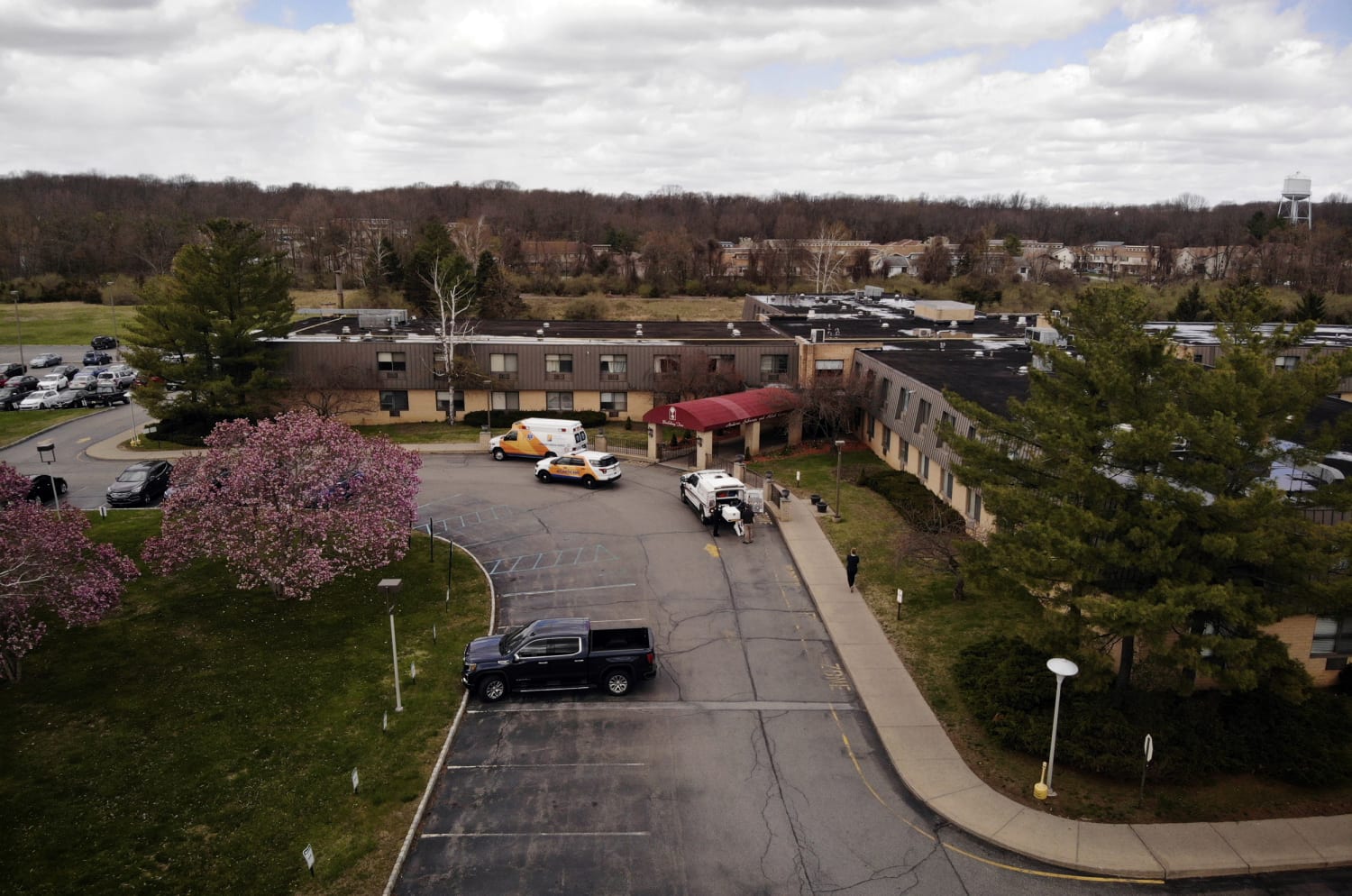
Long-term care facilities (LTCFs) are a major driver of total COVID-19 deaths. Reported in the Journal of the American Geriatrics Society, Boston Medical Center (BMC) and Boston University School of Medicine (BUSM) geriatricians Rossana Lau-Ng, Lisa Caruso and Thomas Perls studied the past month’s case and death data reported by the Massachusetts Department of Health’s COVID-19 daily Dashboard along with data provided by the Kaiser Family Foundation and other countries. As the pandemic drags on, the proportion of COVID-19 deaths in Massachusetts that occur in LTCFs (nursing homes and group homes) has climbed from 54 percent to 63 percent as of May 29t.
Some states have even higher proportions of COVID-19 deaths in LTCFs. According to Kaiser Family Foundation data, as of May 28, 81percent of COVID-19 deaths in Minnesota and Rhode Island had occurred in nursing homes. In Connecticut the proportion was 71 percent and in New Hampshire it was 70 percent. Another 22 states reported that 50 percent or more of their COVID-19 deaths occurred in LTCFs. Despite these lopsided figures, 11 states (Alabama, Alaska, Arizona, Arkansas, Hawaii, Michigan, Missouri, Montana, New Mexico, North and South Dakota) continue to not report the number of COVID-19 deaths occurring in LTCFs, which has contributed to a vast underestimation of the total number of COVID-19 deaths in the United States.
Other causes of under-reporting nursing home COVID-19 deaths include incomplete data collection by states and that up through mid-April, many states and the Centers for Disease Control did not accept a diagnosis of COVID-19 without substantiation by a positive test. Thus, many deaths were not reported because tests for COVID-19 were largely unavailable to nursing homes. Now, officials are going back to see if many deaths can be categorized as probable COVID-19 based upon the medical presentation and history of exposure. As of May 28, New York reported the lowest proportion of COVID-19 deaths in LTCFs at 21 percent, yet the rate is three-four times higher in other Northeastern states. “Once we get accurate counts of the COVID-19 deaths in all states, we will likely see a big increase in the total number of deaths in the United States,” says Thomas Perls, MD, professor of medicine at BUSM and a study co-author.
Other countries are reporting that the majority of their COVID-19 deaths are also occurring in LTCFs. In early May, Canada indicated that 82 percent of its deaths are in LTCFs. The World Health Organization estimates that half of all COVID-19 deaths in Europe and the Baltics happen in nursing and care homes.
However, there are other countries and regions that are bucking the trend. Hong Kong reports no LTCF COVID-19 deaths and South Korea and Singapore each report fewer than 20 such deaths. New Zealand, because it closed its borders early and with its strict quarantining policy, also reports fewer than 20 LTCF COVID-19 deaths.
So why are most LTCFs so vulnerable to COVID-19? In Massachusetts, almost 90 percent of LTCFs have had at least one COVID-19 case. Lisa Caruso MD, assistant professor of medicine at BUSM and another author indicates, “the asymptomatic spread of this virus allows it to easily sneak in to these facilities where essential staff go from nursing home to nursing home, like x-ray technicians, phlebotomists, nurses and nursing assistants who have to work more than one job to make ends meet.” Caruso, a geriatrician at BMC, goes on to say, “Checking temperatures of visitors and staff is obviously not enough. Everyone visiting or working in a LTCF needs to either be found to have immunity to the virus or to be regularly tested.”
Beyond the untenable deaths, the pandemic is exacting a terrible psychological and social toll on families, residents and staff. Author Rossana Lau-Ng, MD, instructor of medicine at BUSM remarks, “Our residents are now isolated in their rooms and families who can’t visit are terribly worried. We are doing all we can to maintain some semblance of the home-like environment that we had previously strived to achieve but that is now so very challenging.” Just as the community at-large must adapt to a new norm during this pandemic, LTCFs have emerged as the front line and must be even more vigilant for the foreseeable future.


Leave a Reply